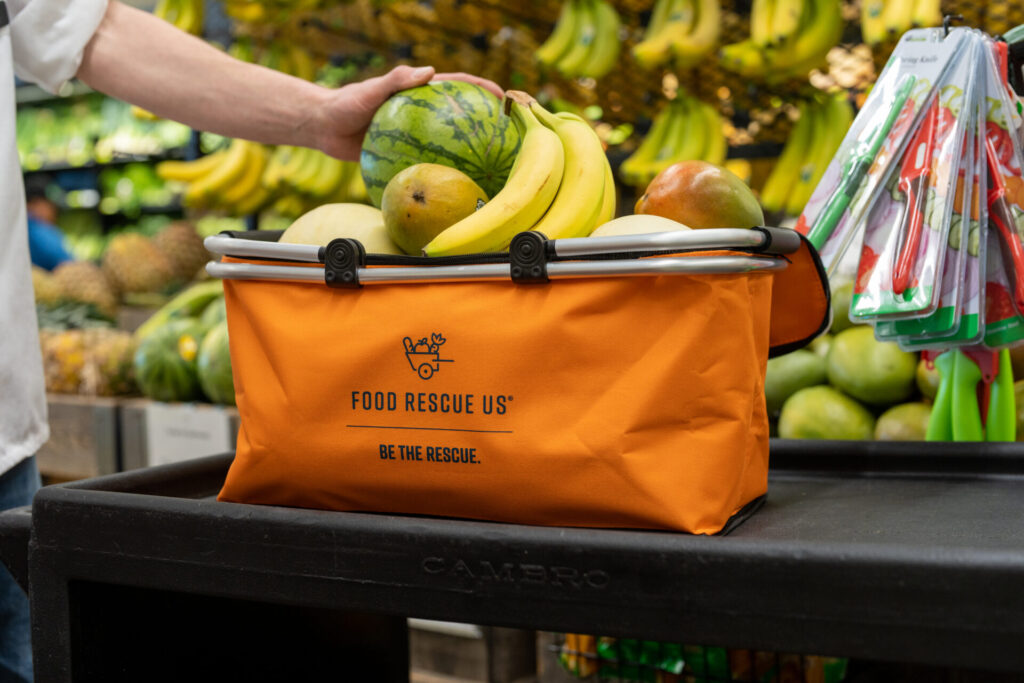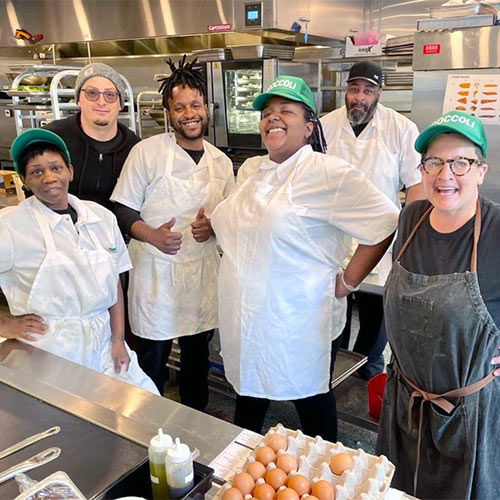Food as Medicine: Digestible Bites – June 2023
Food as Medicine the shorter version:
- During the pandemic, American’s life expectancy went down. While other countries saw a rebound post-pandemic, the U.S. has not.
- Your zip code can predict your life expectancy.
- The director of UT’s Medical schools says “the present state of nutrition education in our medical schools is sad.” Thankfully, medical schools are enhancing and evolving their nutrition education.
- Nutraceuticals can replace some pharmaceuticals.
- Weight loss company Jenny Craig closes nationwide. Here’s hoping people turn to food as medicine and not drugs to lose weight.
- By 2024, all hospitals and clinics in federal payment programs must screen their patients for social determinants of health, including food insecurity.
Food as Medicine the longer version:
Living Better: What it takes to get healthy in America
NPR reports, “The pandemic was a wake-up call in many ways. Americans’ life expectancy went down during the pandemic, taking a historic turn for the worse. And while countries all over the world saw life expectancy rebound during the second year of the pandemic after the arrival of vaccines, the U.S. did not. This is especially true for Native Americans, whose life expectancy dropped to 65.2 in 2021.”
The article goes on to say, “The disparities can be seen within ZIP codes in the same state, as this life expectancy tracker shows. If you take a fairly wealthy ZIP code — 08542, for instance, in Princeton, N.J., — people who live there can expect to live to 90 years old. Meanwhile, not too far away in less affluent Camden, N.J., average life expectancy is much lower — about 74 years, which is a stark reminder that where you live influences how long you live.”
How Nutrition Education for Doctors Is Evolving
A Time magazine article highlighted Dr. Jaclyn Albin, the director of UT Southwestern Medical Center’s culinary medicine program, which offers online modules for students and practicing physicians. The purpose of the program is “to learn about nutrition and understand how to apply that education to patient scenarios. Doctors might learn how patients can use food as a nutrient source instead of or in addition to supplements, and how to accommodate food allergies in cooking. Culinary medicine, in general, has been sparking interest as a popular elective at a number of prominent schools, Albin adds, including her alma mater, George Washington University. “Experiential learning in a teaching kitchen builds not only nutrition knowledge, but also provides a way to discuss food with patients,” Albin says.
“The present state of nutrition education in our medical schools is sad,” she adds. “It’s part of a legacy of a treatment model based on pharmacology and surgery. But the emphasis on prevention and lifestyle is gaining momentum, due to many studies showing the impact of lifestyle modifications on the prevention of chronic disease.” However, Jaber notes, there’s always a lag time between science and its applications.
Nutraceuticals: What are they, Benefits and Examples
“Nutraceuticals are considered food, or obtained from food, that serves to treat and prevent diseases.” Examples include oatmeal, bamboo, ginseng, and garlic.
“The intent is to replace drugs…It has been observed that they may directly affect proteins or genes involved in cellular processes associated with diseases, although each nutraceutical acts to achieve a specific benefit. Thus, there are some diseases it can help fight: neurodegenerative diseases, obesity, cancer, rheumatoid arthritis, and arteriosclerosis. Some nutraceuticals have also been shown to be effective for: increase transplant acceptance, reduce swelling, improve reproductive performance, reduce infertility, and regulate the immune system.
Jenny Craig closed nationwide: A local nutritionist’s take
The closure of Jenny Craig coincides with the rising popularity of weight loss drugs. However, Pare advises against immediately turning to drugs. “I teach my clients that food is medicine and just about anything is possible with food,” said Pare. Instead of relying on drugs, she recommends exploring food as the first approach to weight loss. “I would highly encourage people to try food as medicine first,” said Pare.
The Next Big Thing in Healthcare Partnerships
“There’s no doubt that the new ability in some states to tap Medicaid money as reimbursement for nutrition services is attracting attention from the hunger-relief community. But there’s another legislative mandate that is having a more immediate impact on food-bank partnerships with healthcare organizations. The Centers for Medicare and Medicaid Services has decreed that by 2024, all hospitals and clinics in federal payment programs must screen their patients for social determinants of health, including food insecurity.”
This will require food banks to strike up relationships with local healthcare providers. While not a food bank, but rather a fresh food source for pantries and other social service agencies, Food Rescue US is already forming these important relationships. Food Rescue US sits on collaborative calls throughout Fairfield County with Dept. Of Health, hospitals, medical providers, food security organizations, etc. to ensure these connections are established. Of course, there is a lot of work ahead but Food Rescue US is providing healthy, fresh food while educating to build long lasting, collaborative success.
Thanks,
Food Rescue US – Fairfield County Food as Medicine Liaison
If you enjoyed this post, you may also enjoy last month’s Food as Medicine post.




